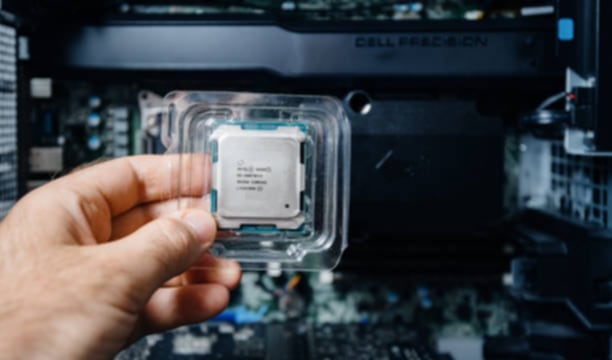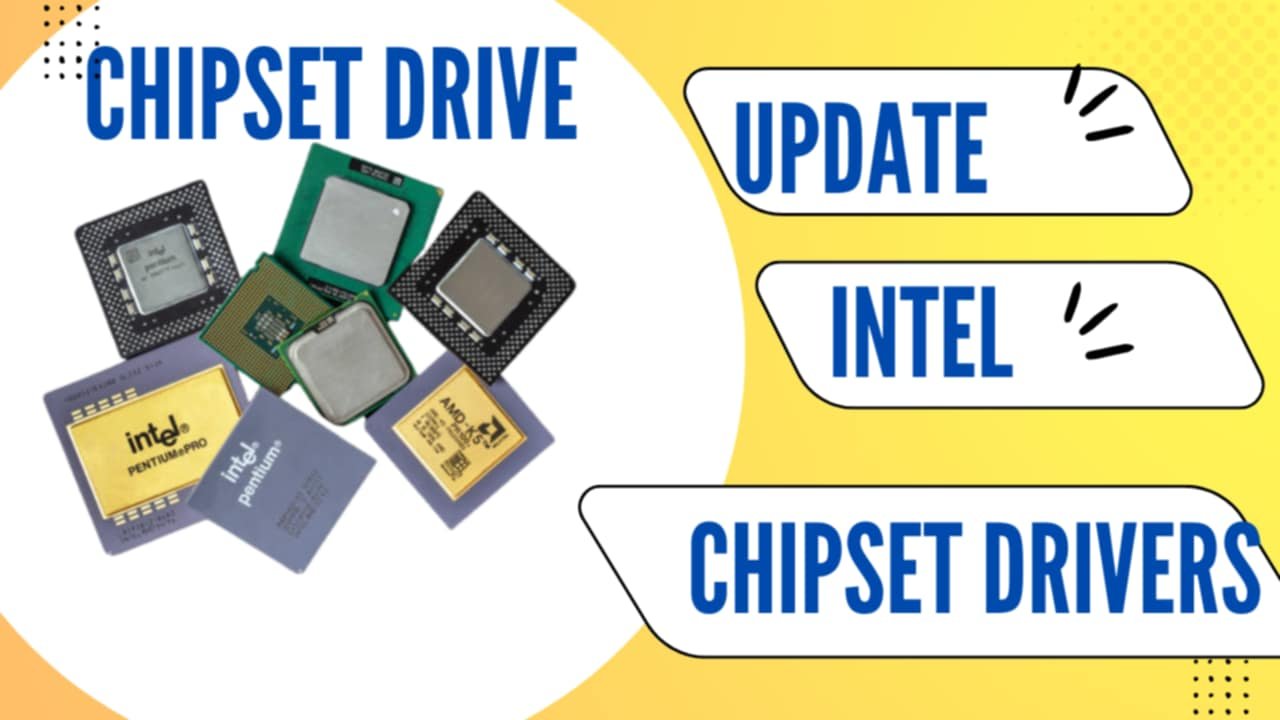Intel Chipset Drivers are essential software components that help your Windows operating system recognize and interact correctly with the motherboard’s chipset. These drivers enable features like USB ports, SATA controllers, and other motherboard functions to run efficiently.
In This Article
To install or update Intel Chipset Drivers:
- Visit the official Intel website or your PC/motherboard manufacturer’s site.
- Search for the latest Intel Chipset Software Installation Utility.
- Download and install the appropriate driver for your system version (Windows 10/11, 64-bit, etc.).
- Restart your computer after installation to apply changes.
Keeping chipset drivers updated ensures better system stability, performance, and hardware compatibility.
Why Are Intel Chipset Drivers Essential? The Secret Behind Smooth Performance
So, what exactly are Intel Chipset Drivers? Think of them as the unsung heroes of your PC. They’re the software that allows your operating system to communicate effectively with the motherboard’s chipset. This chipset acts as the central hub, managing communication between the CPU, RAM, and other vital components.
Without the right drivers, these components can’t talk to each other properly. This leads to all sorts of issues, from performance bottlenecks to system instability. Keeping your Intel Chipset Drivers up-to-date is crucial for:
- Boosting Performance: Optimized drivers ensure smooth data flow, improving overall system speed.
- Enhancing Stability: Correct drivers minimize crashes and errors, providing a more reliable experience.
- Ensuring Compatibility: Updated drivers support the latest hardware and software, preventing compatibility issues.
- Improving Security: Some driver updates include security patches, protecting your system from vulnerabilities.

Step-by-Step: Proven Methods to Update Your Intel Chipset Drivers
Okay, now that you know why they’re important, let’s get to the good stuff: updating them. Here’s a breakdown of the most effective methods.
1. Using the Intel Driver & Support Assistant (DSA)
This is the easiest and most recommended method. Intel’s DSA tool automatically detects your system’s hardware and recommends the latest drivers. Here’s how to use it:
- Go to the Intel Driver & Support Assistant page.
- Download and install the DSA tool.
- Run the tool. It will scan your system.
- Follow the on-screen instructions to download and install the recommended Intel Chipset Drivers.
2. Manually Downloading Drivers from Intel’s Website
If you prefer a more hands-on approach, you can download the drivers directly from Intel’s website.
- Go to the Intel Download Center.
- Enter your processor or motherboard model in the search bar.
- Filter the results by operating system and driver category.
- Download the latest Intel Chipset Drivers for your system.
- Run the installer and follow the instructions.
3. Updating Through Device Manager (Use with Caution)
While you can update drivers through Device Manager, it’s not always the most reliable method for Intel Chipset Drivers. It might not find the latest versions.
- Open Device Manager (search for it in the Windows search bar).
- Expand “System devices.”
- Right-click on the Intel chipset component.
- Select “Update driver.”
- Choose “Search automatically for drivers.”
Genius Troubleshooting: Fixing Common Intel Chipset Driver Issues
Even with the best intentions, you might encounter issues. Here are some common problems and how to fix them.
1. Driver Installation Failed
- Check Compatibility: Ensure the drivers are compatible with your operating system.
- Run as Administrator: Right-click the installer and select “Run as administrator.”
- Disable Antivirus: Temporarily disable your antivirus software.
- Clean Install: Uninstall old drivers before installing the new ones.
2. System Instability After Update
- Roll Back Drivers: In Device Manager, roll back to the previous driver version.
- System Restore: Use System Restore to revert to a previous restore point.
- Reinstall Windows: As a last resort, consider reinstalling Windows.
3. Missing or Corrupted Drivers
- Use Intel DSA: Let the tool automatically find and install the correct drivers.
- Reinstall Drivers: Uninstall and reinstall the Intel Chipset Drivers.
- Check Hardware: Ensure your hardware is properly connected.

Insider Tips: Optimizing Your PC After Updating Intel Chipset Drivers
Once you’ve updated your drivers, here are some extra tips to maximize performance.
- Restart Your PC: Always restart your computer after installing new drivers.
- Run Disk Cleanup: Remove temporary files and free up disk space.
- Defragment Your Hard Drive (HDD): Optimize file storage for faster access.
- Update Other Drivers: Ensure all your drivers, including graphics and network drivers, are up to date.
- Monitor System Performance: Use Task Manager to monitor CPU and memory usage.
FAQ: Intel Chipset Drivers
Q: What are Intel Chipset Drivers?
A: Intel Chipset Drivers are software that allows your operating system to communicate with your motherboard’s chipset, which manages communication between vital components.
Q: Why do I need to update my Intel Chipset Drivers?
A: Updating your drivers improves performance, enhances stability, ensures compatibility, and improves security.
Q: How do I update my Intel Chipset Drivers?
A: You can use the Intel Driver & Support Assistant (DSA), manually download drivers from Intel’s website, or update through Device Manager.
Q: What do I do if my driver installation fails?
A: Check compatibility, run the installer as administrator, disable antivirus, or perform a clean install.
Q: Can outdated Intel Chipset Drivers cause system crashes?
A: Yes, outdated drivers can lead to system instability and crashes.
Q: Where can I find the latest Intel Chipset Drivers?
A: You can find them on the Intel Download Center or by using the Intel Driver & Support Assistant.
Q: Are Intel Chipset Drivers the same as graphics drivers?
A: No, Intel Chipset Drivers manage communication between motherboard components, while graphics drivers manage the graphics processing unit (GPU).


This Post Has 3 Comments
Pingback: How to Update Intel Core i5 Processor: Easy Step-by-Step Guide! - Digitallguide
Pingback: Is Intel Core i5 Good for Gaming? - Digitallguide
Pingback: Intel new AI chip the future of technology - Digitallguide